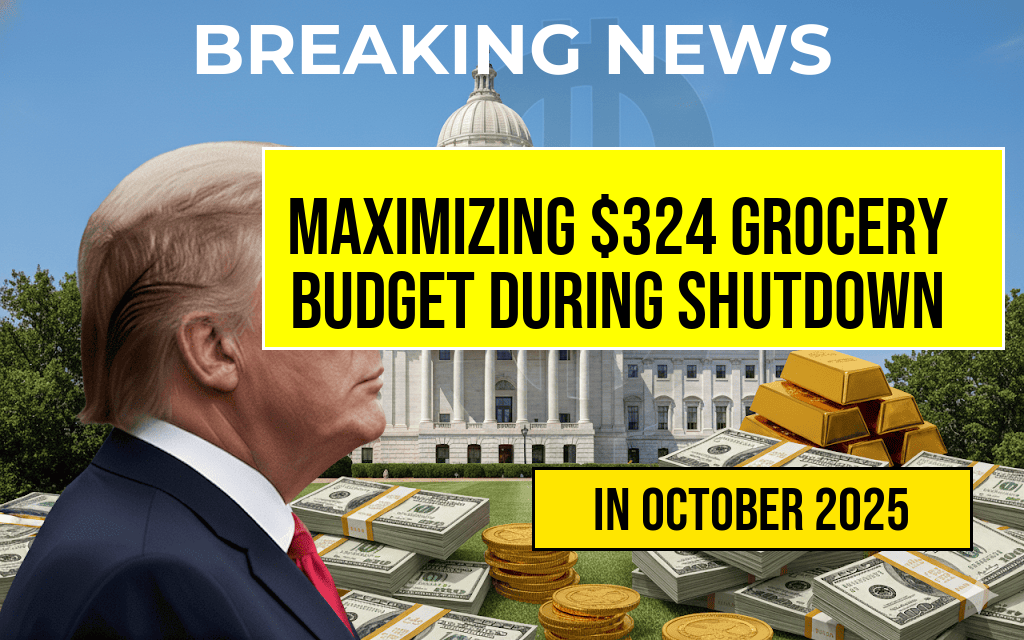The Biden administration has announced a significant revision to the federal loan program for professionals in high-demand fields, specifically targeting doctors and lawyers. Starting in 2024, the annual cap for federal loans will be set at $50,000, with the total loan amount not exceeding $200,000 by 2026. This policy aims to address the growing financial burden on students pursuing careers in medicine and law, where educational costs can often exceed $300,000. The initiative is part of a broader strategy to enhance access to essential services in underserved areas by reducing the financial barriers that deter many from entering these professions.
Details of the Loan Cap Adjustment
The new federal loan caps have been developed to ensure that aspiring medical and legal professionals can finance their education without incurring insurmountable debt. The annual limit of $50,000 will be applicable to both graduate programs in medicine and law, with the total student loan indebtedness capped at $200,000 by 2026. This structured approach is intended to provide a framework that balances financial support with responsible lending practices.
Rationale Behind the Policy
The decision to implement these changes comes in response to increasing concerns about student debt levels among healthcare and legal professionals. According to the American Association of Medical Colleges, the average medical school debt for graduates has surpassed $200,000, while law school graduates report similar figures. The administration’s goal is to alleviate the financial strain, thereby encouraging more graduates to serve in critical but underserved areas of the country.
Impact on Future Professionals
For many students, the prospect of taking on a large amount of debt can be daunting. The new caps are expected to make the prospect of a career in medicine or law more attractive. By limiting the amount of debt that can be incurred, the federal government hopes to foster an increase in graduates who are willing to work in rural or low-income urban areas, where access to healthcare and legal services is often lacking.
Potential Challenges
While the caps provide a much-needed reprieve, several challenges remain. Critics argue that while the loan limits are beneficial, they may not fully address the high costs of tuition and living expenses associated with professional education. These factors could still deter some potential students from pursuing their desired career paths.
- Rising Tuition Costs: Even with federal support, many institutions are increasing their tuition rates, which could offset the benefits of the new loan caps.
- Loan Repayment Concerns: Graduates may still face significant repayment challenges if their starting salaries do not match expectations.
- Equity Issues: There are ongoing discussions about ensuring equitable access to these loans for underrepresented groups in both fields.
Feedback from Stakeholders
Reactions to the announcement have been mixed. Some educators and industry leaders have praised the initiative as a positive step toward addressing the student debt crisis. Dr. Emily Johnson, a spokesperson for the American Medical Association, stated, “This change will empower future physicians to focus on patient care rather than financial burdens.” Conversely, some legal educators have expressed concern that the caps may not accommodate the full scope of financial needs for law students, particularly those in prestigious programs.
Next Steps for Implementation
The federal government is expected to roll out guidelines and application processes for the new loan limits in the coming months. Institutions will be required to adapt their financial aid packages to align with the new caps, ensuring that students are adequately informed about their borrowing options. Stakeholders will closely monitor the impacts of these changes as they unfold over the next few years.
| Year | Annual Loan Cap | Total Loan Cap |
|---|---|---|
| 2024 | $50,000 | N/A |
| 2025 | $50,000 | N/A |
| 2026 | $50,000 | $200,000 |
As the education landscape for healthcare and legal studies evolves, these adjustments to federal loan caps represent a pivotal moment aimed at fostering a more accessible pathway for future professionals. For further information, you can visit the [American Association of Medical Colleges](https://www.aamc.org) and the [American Bar Association](https://www.americanbar.org) for resources and updates regarding educational financing.
Frequently Asked Questions
What is the annual loan cap for doctors and lawyers?
The annual loan cap for doctors and lawyers is set at $50,000.
What is the maximum loan amount that can be borrowed by 2026?
The maximum loan amount that can be borrowed by 2026 is $200,000.
Who does the loan cap apply to?
The loan cap applies specifically to medical and legal professionals who are seeking federal loans.
Why has the federal loan cap been established?
The federal loan cap has been established to manage the growing debt levels among doctors and lawyers while ensuring access to education.
When will these loan cap regulations take effect?
These loan cap regulations are set to take effect immediately, with the maximum amount aimed for 2026.






